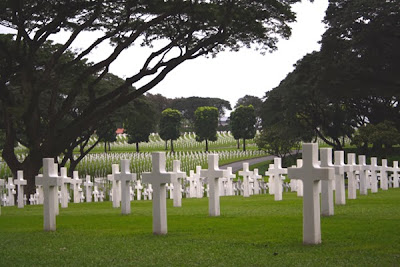The first medical support group set up in Vietnam that was not American is believed to have been a New Zealand surgical team that arrived in 1963. Arriving two years prior to the
deployment of Kiwi combat troops, the six-person team set up in Qui Nhon, South Vietnam. These medical personnel treated civilian war and ordinary patients from the central area of Binh Dinh province. Meanwhile they
'trained Vietnamese medics and nurses in all aspects of modern hospital medicine, including maternity, paediatrics and public health promotion."a
 |
| New Zealand Surgical Team 1962 Binh Dinh Province, South Vietnama |
Memories of a Kiwi Medic with W3 Coy (6&2RAR ANZAC Bn)
(link)
.jpg)
 |
| Royal New Zealand Nursing Corps badge |
Memories of a Kiwi nurse,
Karen Pilcher (link)
New Zealand had a long and close relationship with South Vietnam with the training of nurses and doctors, along with the care of civilians in various clinics and hospitals particularly in Qui Nhon in Binh Dinh province.
"By 1966, the team had grown to 14: three surgeons, a physician, an anesthetist, an administrator, a laboratory technician, six nurses and a maintenance officer. It continued until March 1975 when it evacuated to Saigon (Ho Chi Minh City) a few days before Qui Nhon fell to North Vietnamese forces. The last team member, Dr. Jack Enwright, left South Vietnam in late April 1975."b
ROYAL AUSTRALIAN NURSE CORPS AND CIVILIAN NURSES
It's almost impossible to imagine that any other group could be overlooked after their selfless contributions to the care and well-being of Australian military men wounded in Vietnam, the instruction and education of Vietnamese doctors, nurses, and medics and the healthcare given to the Vietnamese population in general.
43 RAANC (Royal Australian Army Nurse Corps) nurses served in Vietnam between 1966 and
1972. Military nurses were ordered to Vietnam with no special training (in the types of catastrophic wounds they would be treating), they were not warned about the primitive and life-threatening conditions under which they would be working-they were poorly prepared in general. But they did not shrink from their charge and performed beyond their abilities. Upon returning home, they were not debriefed, but were cautioned against discussing their time in Vietnam and told to "get on with their lives". RAANC nurses had cared for Australians at war and served admirably since WW1.
210 Australian civilian nurses volunteered and served between 1964 and 1972. Fifty years after their service, these women have been denied any medical or health care by the military they served in a civilian capacity. All were entitled to a "worker's compensation" stipend, but that benefit ended at 67 years of age and many have exceeded that. They were expected to simply quietly fade into the mists.
Please listen to and read their stories. We have provided some links so readers may receive the information in the nurses' own words.
 |
| Royal Australian Army Nurses with Vietnamese baby Hoa Long, Vietnam 1967 [AWM negative GIL/67/483/VN] |
.jpg)
Trailer to Film About Australian Nurses
in Vietnam
We are proud to honor and recognize all of those who sacrificed their safety and well-being out of a sense of duty to their fellow man under unimagineable conditions.
Lest they be forgotten.
Thank you nurses of the
Royal New Zealand Army Nurses Corps

Thank you nurses of the
Royal Australian Army Nurse Corps and
Australian Nurse Volunteers
a http://www.vietnamwar.govt.nz/photo/rnzaf-crew-qui-nhon-hospital
b http://www.vietnamwar.govt.nz (NZ Medics Start Work in South Vietnam)


.jpg)
.jpg)




.jpg)

.jpg)


.jpg)


.jpg)
.jpg)

.jpg)





.jpg)

.jpg)
